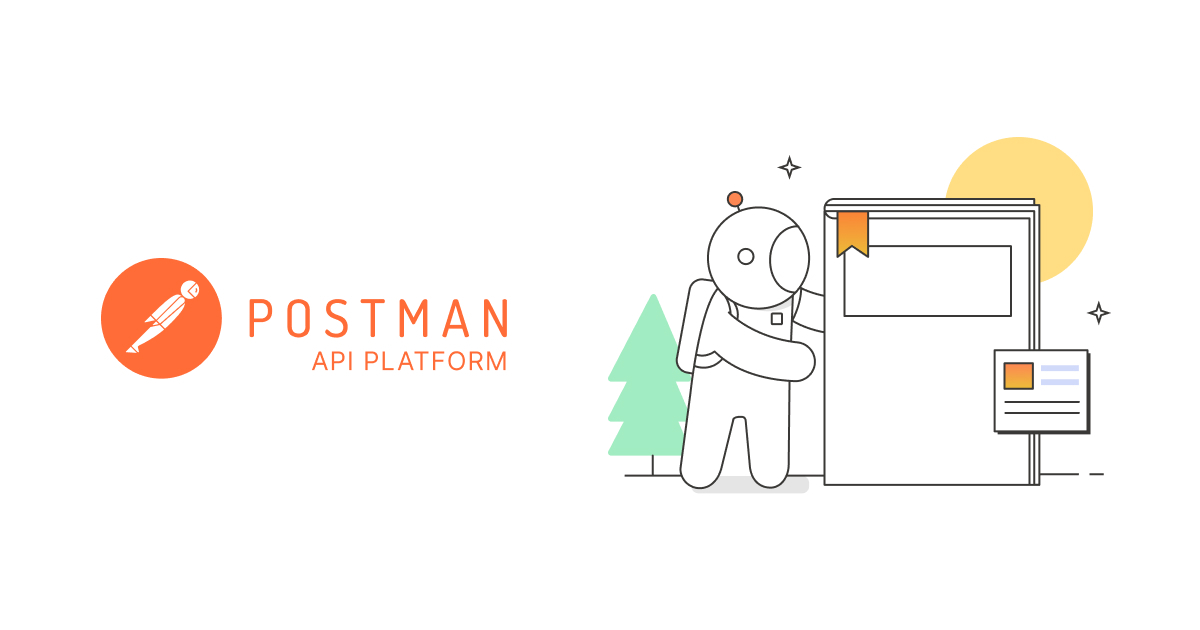Transform Your API Workflow: Top 10 Postman Features You Can’t Miss
 Rohan Shrivastava
Rohan Shrivastava
Introduction
Postman has become an essential tool for developers and testers, simplifying API development and testing.
With its rich set of features, Postman helps streamline workflows and enhance productivity.
Here are the top 10 amazing features of Postman you should be using:
1. Collections
Collections allow you to group and organize your API requests.
You can categorize requests based on functionality or project modules, making it easy to manage and reuse them.
Collections can be shared with team members, ensuring everyone is on the same page.
How to Use
Create a new collection by clicking on the "New" button and selecting "Collection".
Add requests to your collection and organize them with folders.
2. Environment Variables
Environment Variables are placeholders that store data such as URLs, API keys, and tokens.
This feature allows you to switch between different environments (development, staging, production) without changing your requests manually.
How to Use
Define environment variables in the "Manage Environments" section.
Use
{{variable_name}}syntax in your requests to reference these variables.
3. Automated Testing
With Postman's Automated Testing capabilities, you can write tests using JavaScript to validate your API responses.
This ensures your APIs are functioning as expected and helps catch issues early.
How to Use
Write tests in the "Tests" tab of your request.
Use built-in test scripts like
pm.expect(response).to.have.status(200);.
4. Mock Servers
Mock Servers allow you to simulate API responses without having a real server.
This is particularly useful for front-end developers to test their applications while the back-end is still under development.
How to Use
Create a mock server in Postman and define responses for different endpoints.
Use the mock server URL in your application.
5. Monitors
Monitors enable you to schedule and automate API tests to run at specific intervals.
This helps you ensure your APIs are up and running and performing well over time.
How to Use
Set up monitors in the "Monitors" section.
Choose the frequency and select the collection you want to monitor.
6. Newman
Newman is a command-line tool that allows you to run Postman collections directly from your terminal.
This is useful for integrating API tests into your CI/CD pipeline.
How to Use
Install Newman via npm (
npm install -g newman).Run your collection with
newman run your_collection.json.
7. API Documentation
Postman can automatically generate API Documentation from your collections.
This documentation can be shared with stakeholders and serves as a single source of truth for your API.
How to Use
Publish your collection documentation using the "Publish" button.
Share the generated URL with your team or clients.
8. Collaboration Tools
Postman offers several Collaboration Tools like comments, version control, and the ability to share collections with team members.
These features foster better communication and project management.
How to Use
Invite team members to your workspace.
Use comments and version control features to track changes and discuss implementations.
9. Visualize API Responses
With the Visualize API Responses feature, you can transform your API data into visual formats such as graphs and tables.
This helps in better understanding and presenting your data.
How to Use
Write custom scripts in the "Visualize" tab to format your API response.
Use libraries like Chart.js to create visualizations.
10. Postman Flows
Postman Flows is a no-code feature that allows you to create API workflows by connecting requests visually.
This is ideal for designing complex API interactions without writing any code.
How to Use
Access Postman Flows from the left sidebar.
Drag and drop requests and connect them to define your workflow.
Conclusion
Postman is more than just an API testing tool; it's a comprehensive platform that supports the entire API lifecycle.
By leveraging these top 10 features, you can enhance your productivity, streamline your workflows, and deliver high-quality APIs.
Start exploring these features today and see the difference they make in your API development process!
Subscribe to my newsletter
Read articles from Rohan Shrivastava directly inside your inbox. Subscribe to the newsletter, and don't miss out.
Written by

Rohan Shrivastava
Rohan Shrivastava
Hi, I'm Rohan, a B.Tech graduate in Computer Science (Batch 2022) with expertise in web development (HTML, CSS, JavaScript, Bootstrap, PHP, XAMPP). My journey expanded with certifications and intensive training at Infosys, covering DBMS, Java, SQL, Ansible, and networking. I've successfully delivered projects, including a dynamic e-commerce site and an Inventory Management System using Java. My proactive approach is reflected in certifications and contributions to open-source projects on GitHub. Recognized for excellence at Infosys, I bring a blend of technical proficiency and adaptability. Eager to leverage my skills and contribute to innovative projects, I'm excited about exploring new opportunities for hands-on experiences. Let's connect and explore how my skills align with your organization's goals.